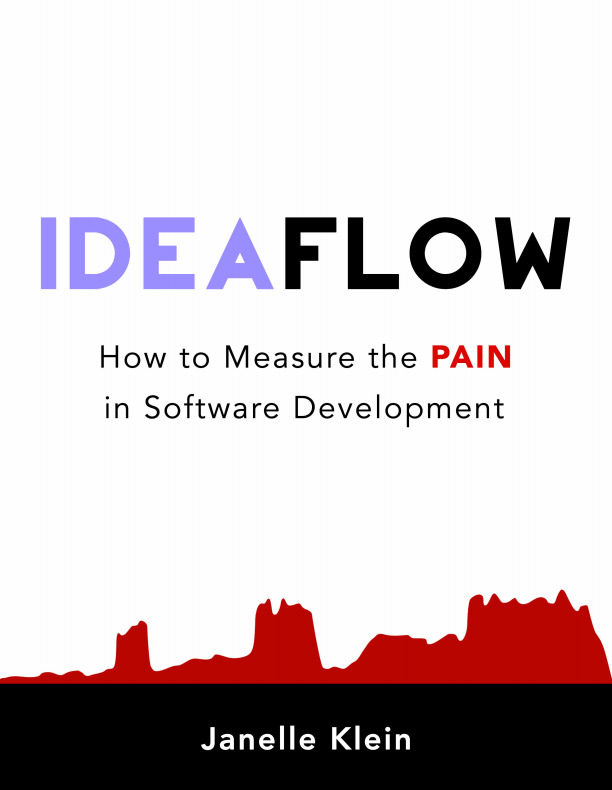What do you think?
Rate this book


143 pages, ebook
Published April 5, 2016
I want to make the business case to management for fixing things around here. No more chaos and working on weekends, this needs to stop. I need data to make the case to management, though, so I need everyone’s help.